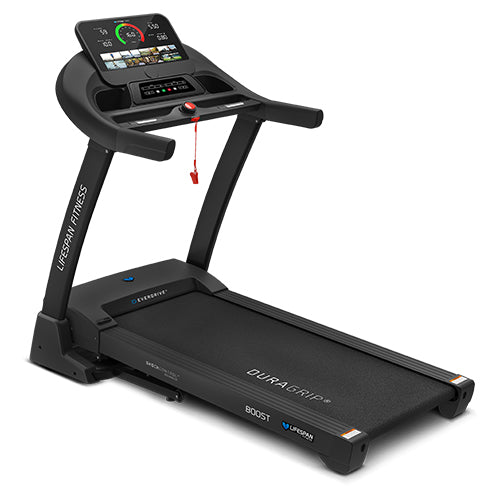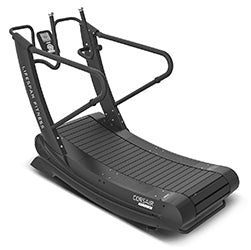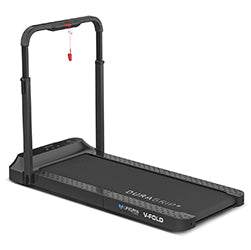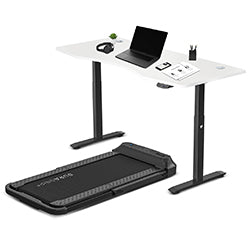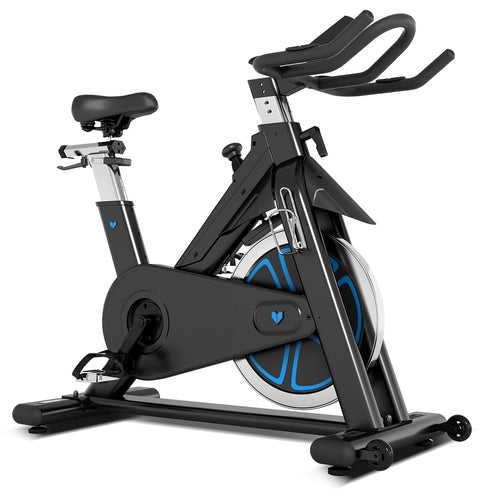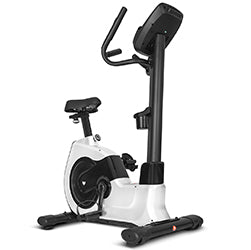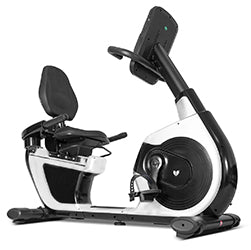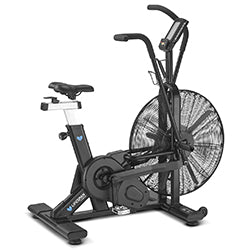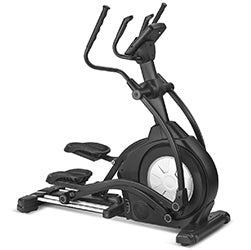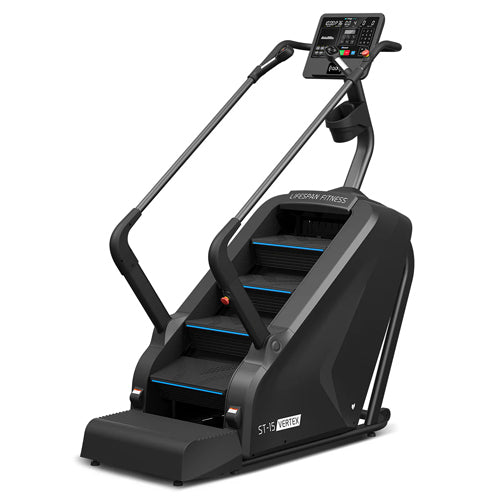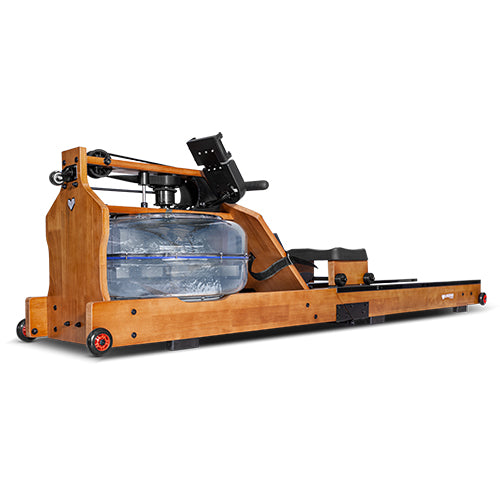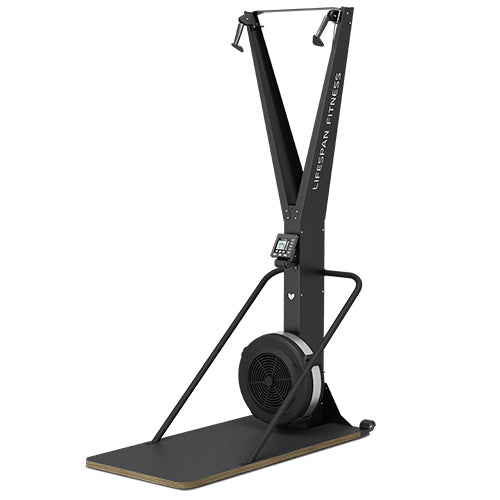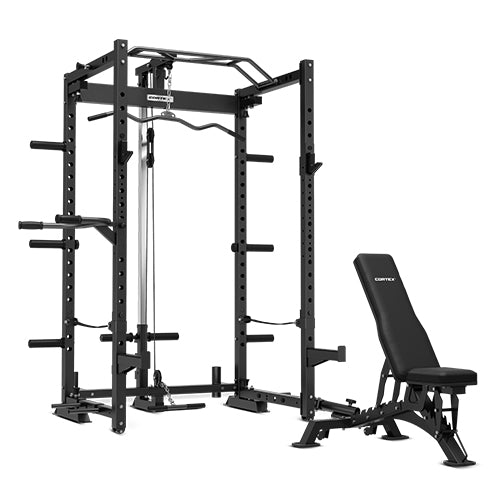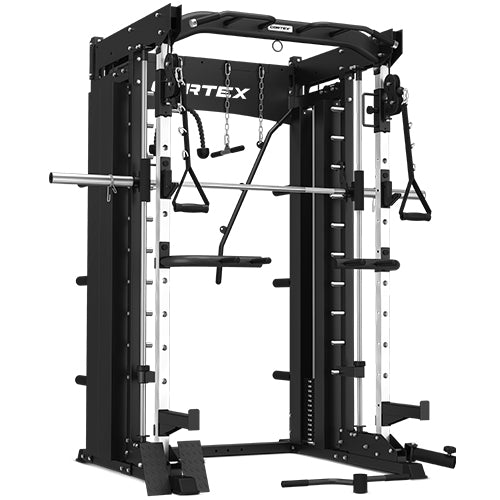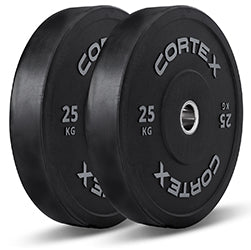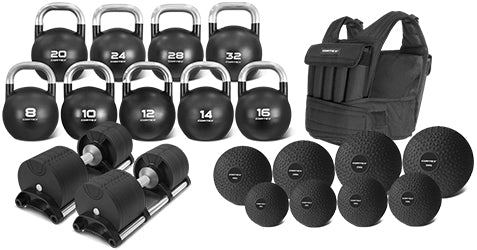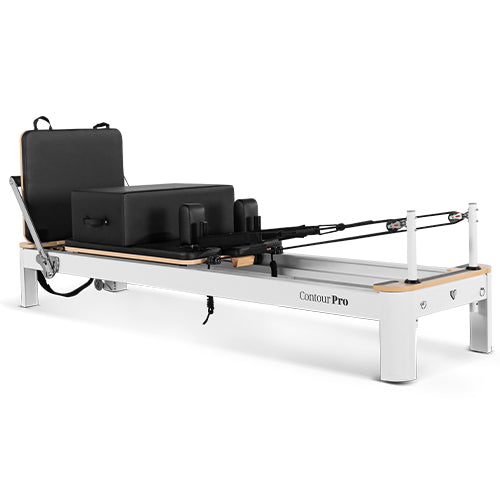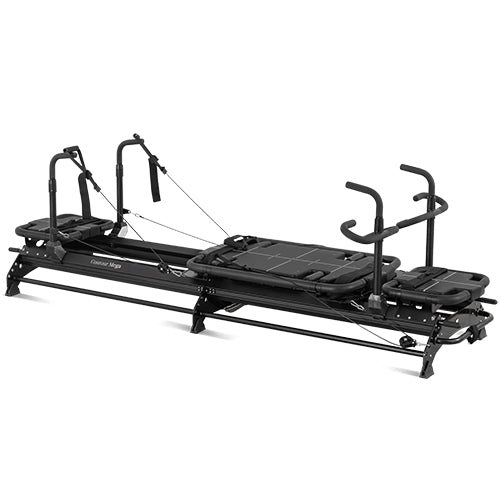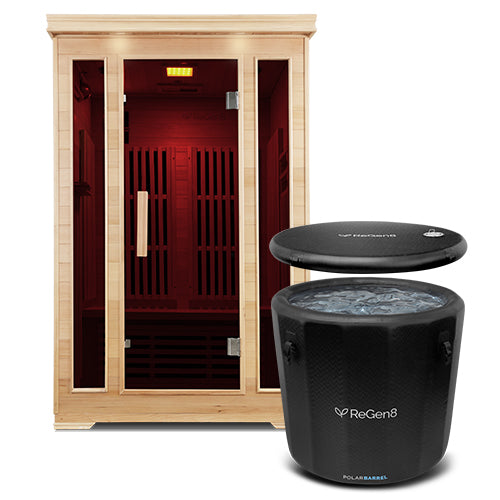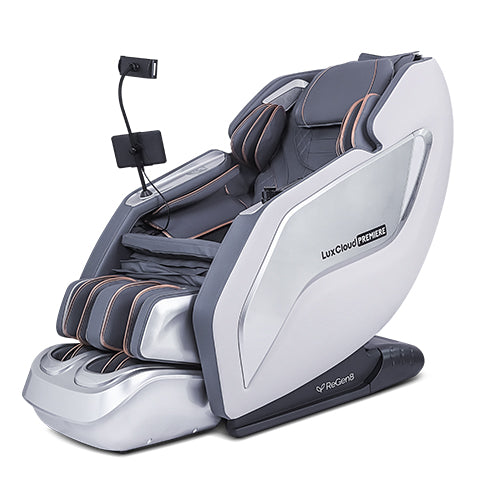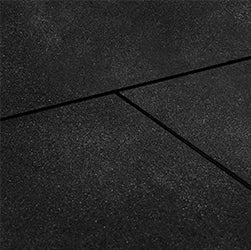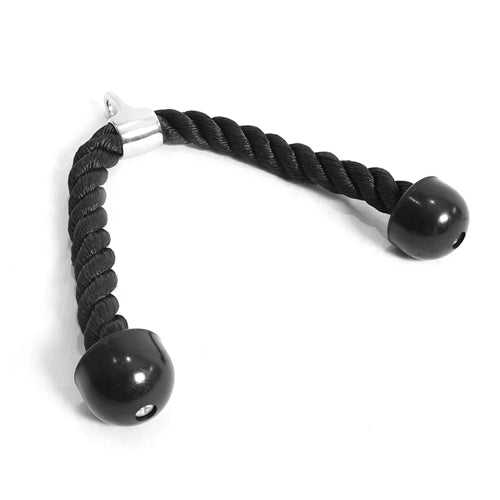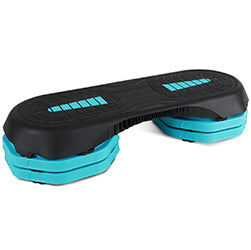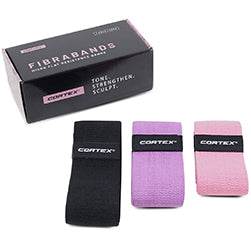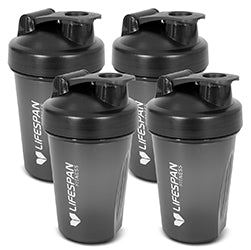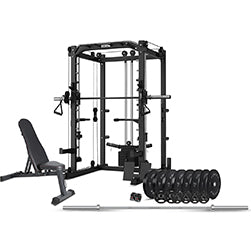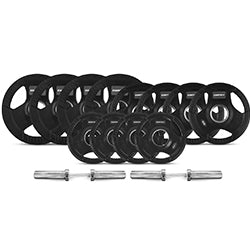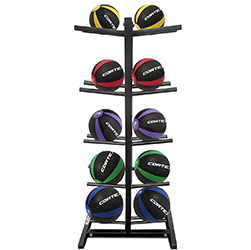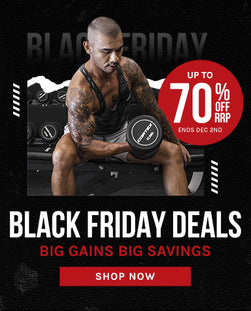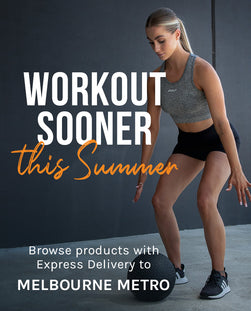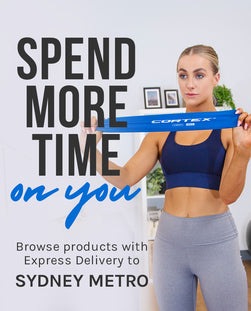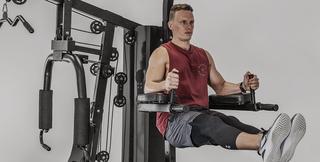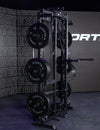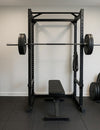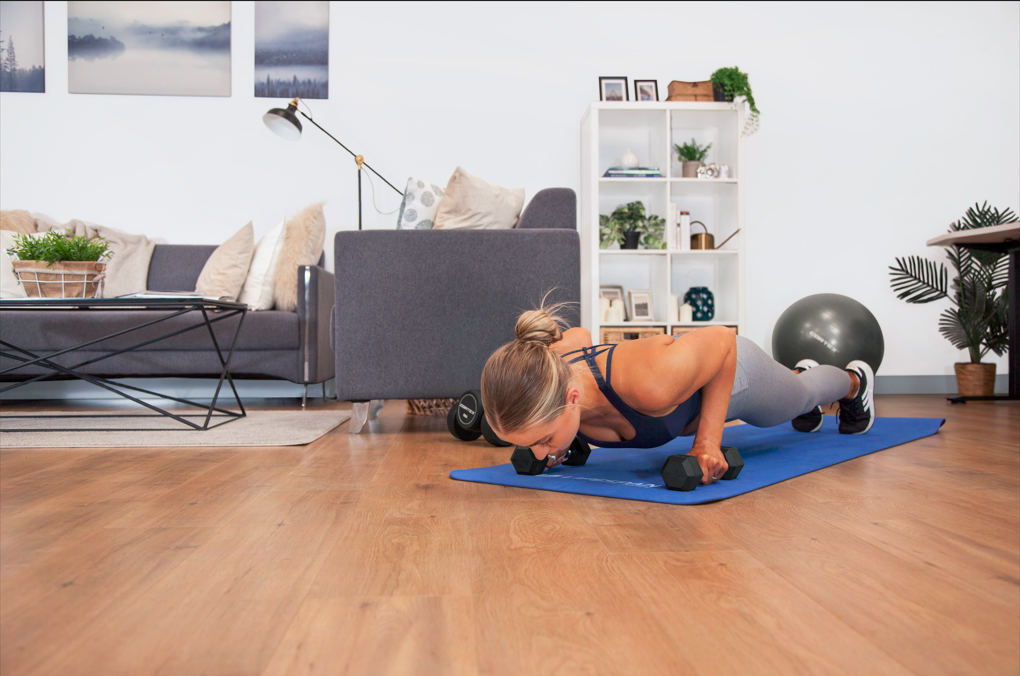

Dumbbells are incredibly effective tools for accelerating your own fitness level in a variety of modes. They are a popular addition to any home fitness setup, and most dumbbell exercises can easily be performed at home. There are many factors to consider in choosing the right weight dumbbell for your workout. The weight you choose will depend on your own training goals and fitness level. On top of this, it’s important to keep in mind that muscle strength will vary depending on which part of the body you’re training. For instance, your legs will naturally be much stronger than your arms, meaning you’ll need to use heavier weights for leg training than when you’re working on your arms. It’s also important to have a solid understanding of form before you incorporate weights into any workout. Knowing how to handle your own weight and training your balance and coordination will allow you to get the most out of your weight training. There is a wide range of dumbbell weights to choose from, varying from 5kg dumbbells, 10kg dumbbells, or up to 32kg. It’s important to play around with different weights to get an understanding of your own capabilities and how each feel for you. Choosing a weight that is too heavy can increase your chance of muscle and joint damage. However, a weight that is too light will render your workout ineffective. A good balance to aim for is a weight that is just challenging enough to make you exercise, while also feeling like the workout is doable.
Building Muscle Mass
If your goal is to induce hypertrophy for focused muscle gains, you want a set of dumbbells that will challenge you at around 8-10 reps. Some examples of muscle-building dumbbell exercises include the Arnold Press or the Bench Press. Building muscle mass will require the use of heavier weights and lower reps. 5kg dumbbells or 10kg dumbbells are good for beginners, while intermediate to advanced users will aim for around 15kg dumbbells and above. Around the 4-6 rep range is a good benchmark. Ideally, you want to be pushing yourself to the point where you only have a couple reps left in the tank, so it’s important to understand your own ability and choose a weight from there.
See here for a list of exercises to improve shoulder mass.
Increasing Functional Strength
Functional strength training aims to build the functional ability of muscles rather than their mass, and involves being able to access the full range of motion in your load-joints (shoulders, hips, knees, and ankles) without excess pain, inflammation or stiffness. Functional strength is important for improving your body’s overall ability to perform its daily movement functions, and has innumerable benefits for both your personal lifestyle and long-term health. Exercises to improve functional strength include the Dumbbell bent over row, Dumbbell squats or a Russian twist. In contrast to muscle building, functional strength training will typically use lighter weights while doing a higher number of reps to strengthen the whole body. Going up to around the 8-10 rep range and using a 5kg to 10kg dumbbell will work best for this type of training.
Weight Loss
If losing weight is your goal, then you want a weight that can be easily integrated into your cardio workout. Losing body fat involves increasing the intensity of your workout in order to use up a greater amount of energy, leading to higher calorie expenditure. Dumbbells are an excellent weight loss tool in this regard, as they allow the user to easily incorporate extra weight into an exercise, increasing intensity and expending more energy. A common use of Dumbbells for increased cardio training is within a high-intensity interval training (HIIT) workout, or Tabata, working to increase intensity of cardio exercises and deliver greater results. The aim of many HIIT workouts is to elevate your heart rate to a high level in a short amount of time, delivering a focused burn for fat while preserving muscle. Using a 5kg dumbbell or 10kg dumbbell is useful for active cardio HIIT, while the 10kg to 20kg range can be used for focused movements and compound lifts, exerting more energy in a shorter amount of time, leading to greater calorie expenditure.
Isolation vs Compound Exercises

Regardless of what your fitness goals are, the specific type of exercise will influence your choice of weight. Some exercises work to isolate a particular muscle or function, while others will involve multiple muscle groups and joints. Compound exercises, such as dumbbell bench presses, which will work the pectorals, the deltoidal muscles in the shoulder as well as the arms, will require a heavier weight, as more muscle groups are being targeted. Isolation exercises, on the other hand, such as Tricep kickbacks, which singles out the Tricep, will be better suited for a lighter weight. For compound exercises, you may want to start at 10kg to 15kg, whereas a 5kg dumbbell would be a better starting point for isolation workouts.
Conclusion
Ultimately, knowing which dumbbell weight to use will involve trial and error, and an understanding of your own body to see what suits your own personal needs. While it’s important not to experiment too much with heavier weights if you’re just starting out, you will get a tremendous amount of benefit from trying different things and finding safe opportunities to test your own limits. Form and technique should always be top of your mind when incorporating any weight, and will assist you in maximising the benefits of an exercise while reducing the risk of injury. Remember to check in with your body at the start of your workout to take note of where you might be at on a particular day. Just because you were benching 40kg last week doesn’t mean you’ll be able to do the same today. Learn to read your body, and adjust accordingly. Being able to take the time to find the right weight for a particular workout is a great skill that will follow you for your entire fitness journey, and will mean you’re always getting the most out of your workout.




